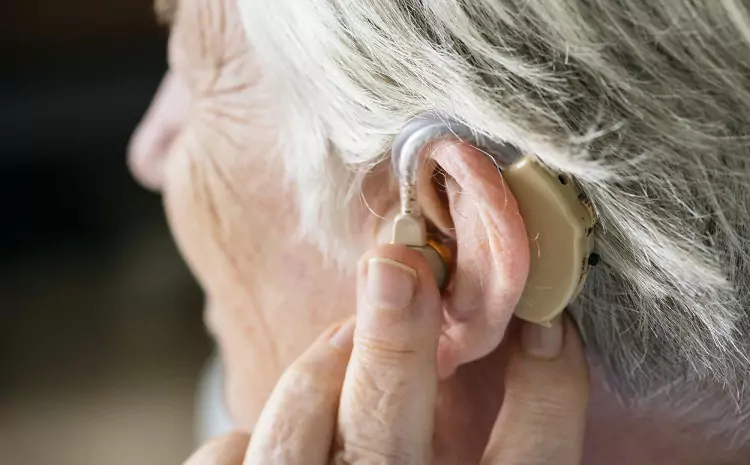Have you ever considered how vital balanced hearing is for navigating daily life?
For those with asymmetrical hearing loss, hearing aid issues can disrupt more than just sound – it can throw off their entire world. Immediate and effective solutions are essential to restore the harmony that allows them to function at their best.
Discover how tailored hearing aid adjustments can make a world of difference. Join us as we dive into the impacts and the importance of personalized hearing support.
Feedback and Whistling
One of the common problems with hearing aids is the annoying whistling sound they sometimes make. This sound, often called feedback, happens when the hearing aid doesn’t fit right or when it’s not working as it should. When this feedback isn’t fixed, it can lead to what’s known as distorted sound.
This makes it hard for someone with asymmetrical hearing loss to understand what they’re hearing. That’s why getting the right fit and setting for a hearing aid is important. It helps remove that whistle and makes sounds clear again.
Discomfort and Irritation
Discomfort and irritation are another big problem for people with hearing aids. If a hearing aid doesn’t fit just right, it can hurt or bother the ear.
A bad fit can even make someone not want to wear them. That is a big deal because they need their hearing aids to hear well. So, it’s important to have a hearing aid that fits perfectly and feels good.
Inadequate Amplification or Sound Quality
For people with asymmetrical hearing loss, having a hearing aid that doesn’t make sounds loud enough is a big problem. It’s like listening to music with one earbud not working right – you miss out on half the experience.
Sound quality is really important too. If things sound fuzzy or muffled, it can be really hard to understand what someone is saying.
It doesn’t have to be this way, though. Good hearing aids should make all sounds clear and easy to hear, which helps a lot with understanding and enjoying everyday life.
Low Battery Life
Low battery life in hearing aids is a big problem, especially for people with asymmetrical hearing loss. For hearing aids, when the battery gets low, they might not work as well. They can stop amplifying sound when you need it most, like in the middle of a talk with a friend.
This can make you feel left out and frustrated. That’s why it’s important to check batteries often and keep them charged up, so your hearing aid can help you hear clearly all the time.
Device Malfunction
Sometimes, hearing aids just stop working right. This is called a device malfunction. For someone with hearing that’s not the same in both ears, this can be a huge problem.
Think of it like rowing a boat with one oar. Without both oars working together, the boat won’t go straight. Likewise, when one hearing aid isn’t working, everything can feel a bit off balance.
It can make sounds seem uneven or make it hard to tell where sounds are coming from. Getting a hearing aid checked and fixed quickly is important because it helps keep sounds clear and makes sure everything feels stable.
Dealing with Asymmetrical Hearing Loss
People with asymmetrical hearing loss really need hearing aids that work well. Good hearing aids mean clear sounds and no trouble in day-to-day life. So, always fix any aid problems fast, and enjoy hearing the world around you!
For more informative articles, please visit the rest of our blog.

Mark Thompson, a seasoned pest controller, is renowned for his expertise in keeping homes and businesses free from unwanted intruders. With a passion for environmental sustainability and a deep understanding of pest behavior, Mark has become a trusted authority in the industry.
